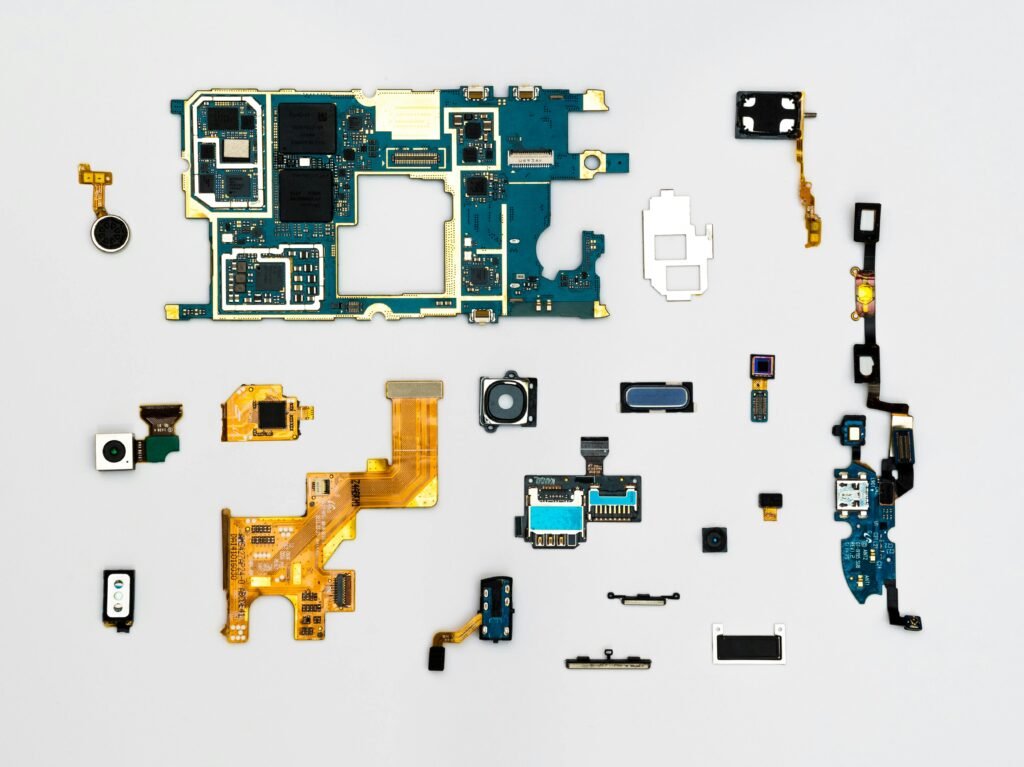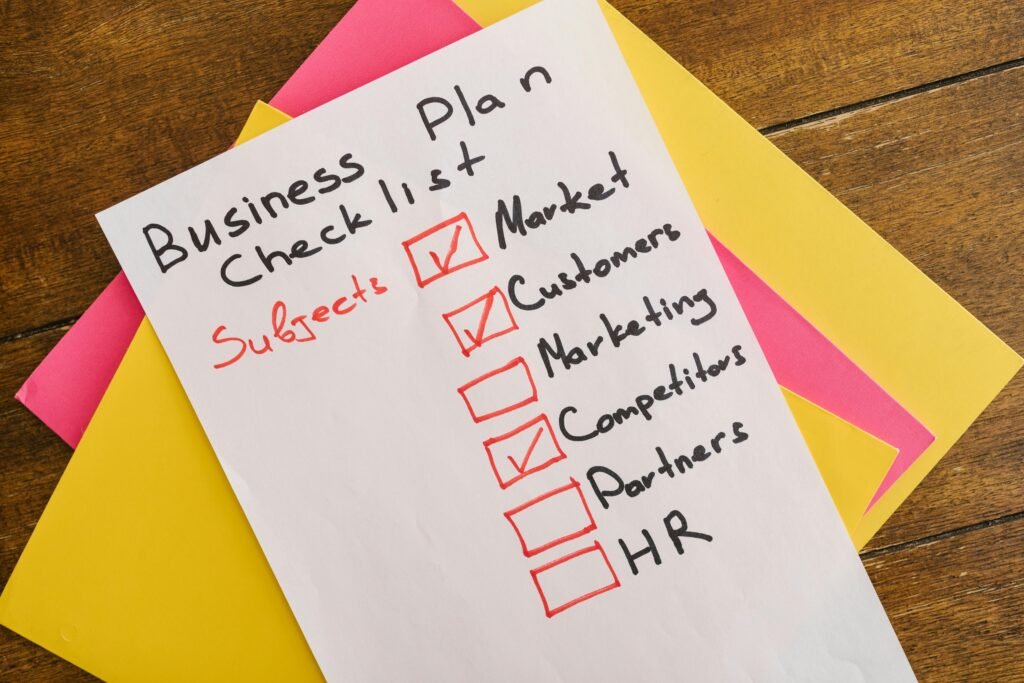Introduction:
By 2025, the conversation around mental health has evolved far beyond meditation apps and therapy sessions. A new wave of neurotechnology, AI-driven wellness tools, and emotionally intelligent workplaces is transforming how we approach productivity, burnout, and work-life balance.
This isn’t just about “self-care” anymore—it’s about a fundamental restructuring of work itself, fueled by breakthroughs in neuroscience and artificial intelligence. In this deep dive, we explore the most cutting-edge trends in mental wellness and how businesses—big and small—are adapting.
1. The New Frontier: Brain-Tech for Peak Performance
Wearables That Read Your Mind (Literally)
Companies like Neurable and NextMind have introduced non-invasive EEG headbands that track focus, stress, and cognitive fatigue in real-time. These devices, now affordable for SMEs, alert employees when they’re mentally exhausted, prompting micro-breaks before burnout hits.
Example: A 2024 Deloitte study found that teams using neurofeedback wearables saw a 30% drop in burnout rates and a 15% boost in productivity.
AI-Powered Mental Health Coaches
Gone are the days of generic chatbot therapy. In 2025, AI coaches like Woebot 2.0 and Tess use emotional voice recognition and biometric data to provide hyper-personalized mental health support. Some even integrate with Slack and Teams, offering real-time stress management nudges during work hours.
2. The Four-Day Workweek Goes Mainstream
No Longer a Perk—But a Necessity
After successful trials in Iceland, the UK, and Japan, the 4-day workweek is now standard in 42% of U.S. tech firms (up from 12% in 2022). The data is undeniable:
- Microsoft Japan reported 40% higher productivity with Fridays off.
- Buffer’s 2025 Employee Report found 78% of staff felt happier without a pay cut.
But here’s the twist: It’s not just about fewer days—it’s about outcome-based work. Employees are measured by results, not hours, reducing presenteeism and anxiety over “looking busy.”
3. The Rise of the “Emotionally Intelligent” Office
Biophilic Design Meets AI Mood Mapping
Forward-thinking offices now use:
- AI mood sensors (like Humanyze) analyzing vocal tones and movement patterns to detect team stress levels.
- Dynamic lighting & soundscapes that adjust based on collective focus (e.g., brighter light for post-lunch slumps).
- “Quiet Pods” with binaural beats for quick mental resets.
Case Study: Salesforce’s 2025 HQ redesign reduced employee anxiety by 27% using real-time environmental mood optimization.
4. The Dark Side: Digital Burnout & the Push for “Right to Disconnect” Laws
Always-On Culture Hits a Breaking Point
With remote work still dominant, many struggle with “digital presenteeism”—feeling pressured to respond to messages 24/7. In response:
- France, Spain, and Australia have enacted “Right to Disconnect” laws, fining companies for after-hours emails.
- Google now auto-schedules “Focus Blocks”, silencing notifications outside core hours.
The 2025 Takeaway: If your business doesn’t enforce boundaries, talent will leave for those that do.
5. What Small Businesses & Entrepreneurs Can Do Now
You don’t need a Silicon Valley budget to leverage these trends:
✅ Adopt Focus-Friendly Tools – Try Reclaim.ai for auto-scheduling deep work blocks.
✅ Test a 4.5-Day Workweek – Start with half-day Fridays and measure output.
✅ Use Affordable Neuro-Wellness Tech – Muse 3 headbands ($299) give real-time stress feedback.
✅ Normalize “Mental Health Days” – Make them as acceptable as sick days.
Final Thought: The Future Is Human-Centric
The companies thriving in 2025 aren’t just offering free snacks or ping-pong tables—they’re redesigning work around human psychology. Mental wellness is no longer an HR checkbox; it’s the core of competitive advantage.
As an entrepreneur or leader, ask yourself:
❝Is my business fighting the future—or building it?❞





